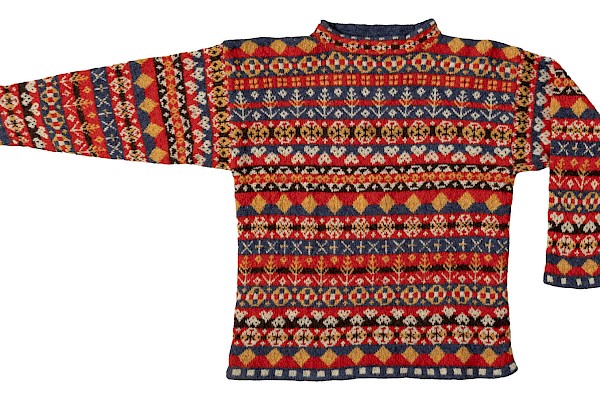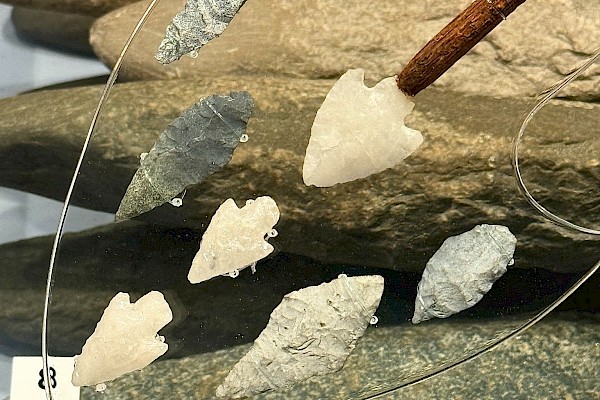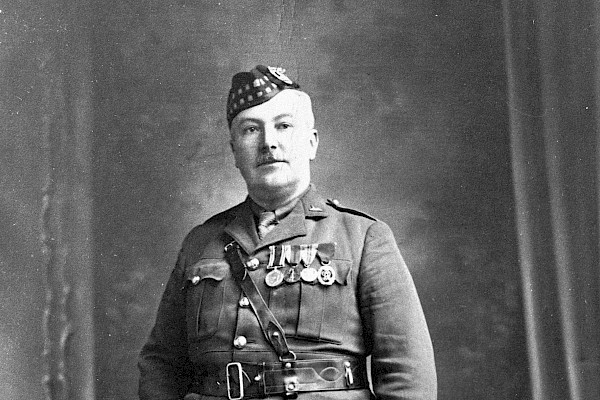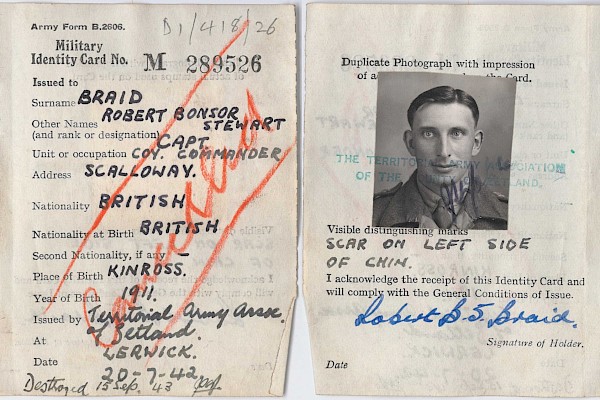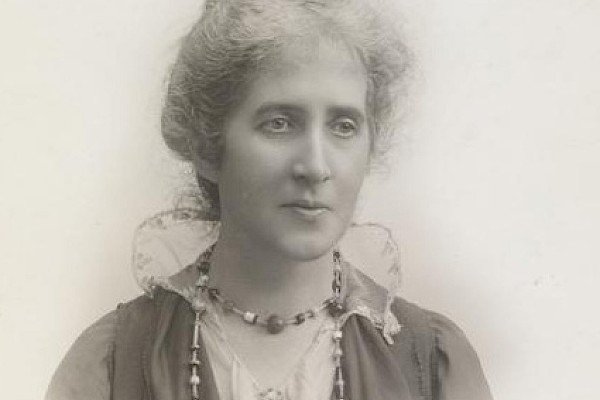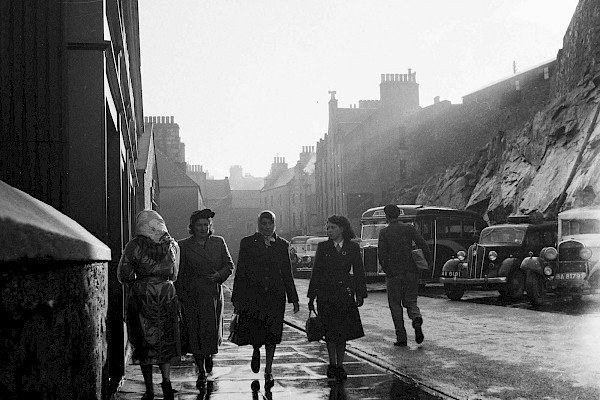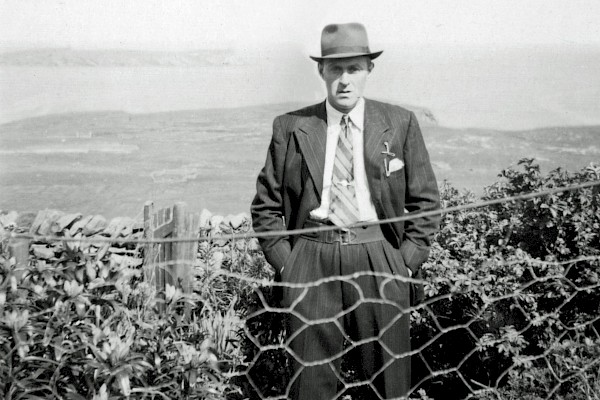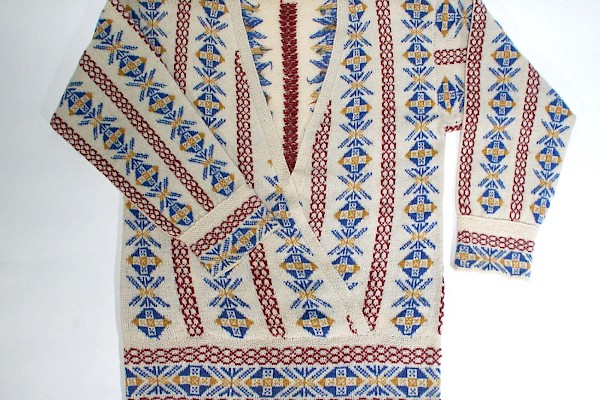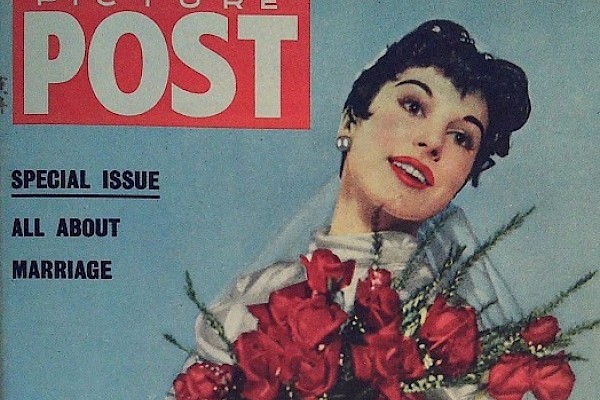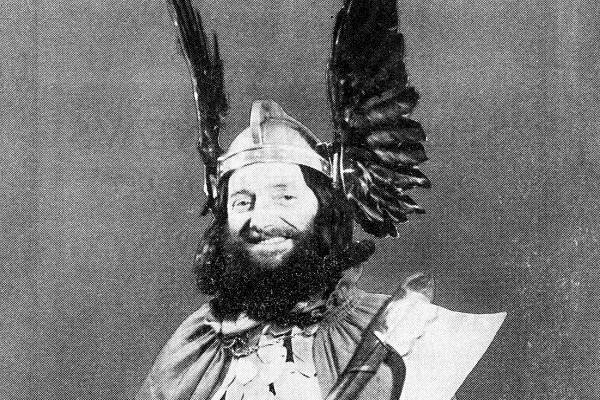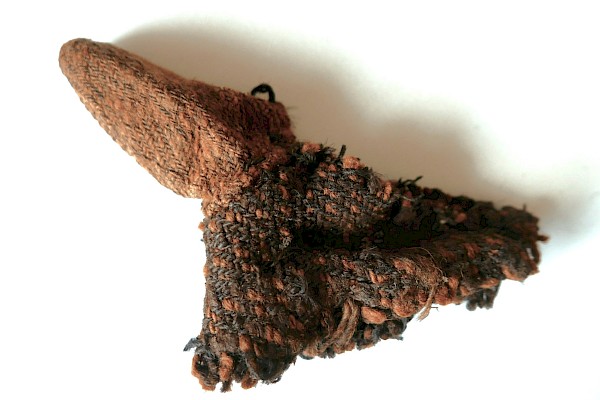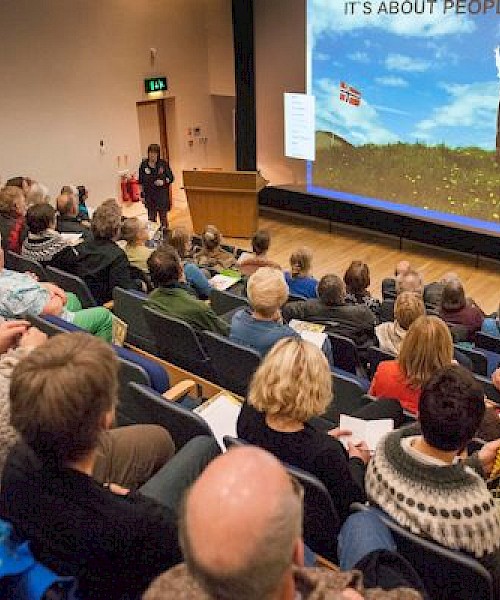Finland
The Soviet Union invaded Finland on 30 November 1940. World opinion at large supported the Finnish cause and they received foreign aid and moral support. In this blog post Angus Johnson, our archives assistant, tells us how Shetlanders contributed.
After a preliminary demand to cede territory for the defence of the then Leningrad, the Soviet Union invaded Finland, a former Tsarist Grand Duchy, on 30 November 1940. Stalin’s regime grossly underestimated the sheer toughness of Finnish geography, and of the Finns. Purging the Red Army hadn’t helped either. In the beginning the USSR lost heavily – the official estimate of 48,475 Soviet dead over the duration of the conflict might be nearer 167,976 estimated by one recent source. They re-organised and re-equipped and by March 1940 the Finns had to sign a treaty ceding nine per cent of their territory. They estimated 25,904 dead in 2005.
Although military aid was a trickle, and a proposal by Britain and France to send troops came to nothing, the world sympathised with Finland, and the conflict drew attention as it took place during the so-called Phoney War. All this was before the Nazi invasion of France. A Shetland News editorial of 11 January 1940 said – … Finland’s fight is assuming an unexpected strategic importance by exposing an unexpected weakness in Germany’s virtual ally … if Britain is bearing the brunt of the war at sea, Finland is bearing the brunt of it on land. It was the time of the Molotov-Ribbentrop pact.
Along with the rest of Britain, Shetlanders began to raise money for the Finnish Red Cross. There was great need; Finland was not a rich country. James Garriock of Hay & Co., the Finnish Vice-Consul in Shetland, was in charge. The Shetland papers listed the givers on the front page among the adverts – the first one, 25 January 1940, shows Captain Adie, Provost James Smith and Sheriff Wallace as the first three contributors at one pound each, part of a total eighteen pounds three shillings. The fund increased at about twenty pound a week or so, made up of gifts by individuals, workplace whip-rounds, social events, and people going round collecting with a tin. Foula raised seven pounds.
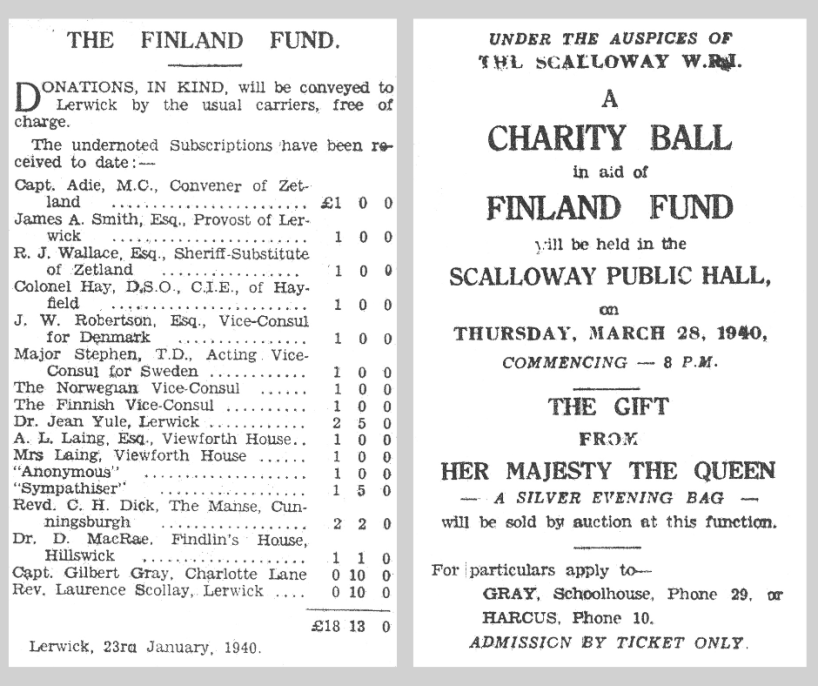
One group made a special effort. The Scalloway S.W.R.I. held an event, and the Shetland News, 4 April 1940 reported on a comparatively small but extraordinarily enthusiastic group of women, with Eleanor and Jeanie Harcus being leading lights. They auctioned a handsome silver evening bag sourced from the Queen, sold from £12, later made up to £15. The royal paper and string that went with it sold at six shillings and sixpence to Wing Commander Carter! They had a ball from midnight to 3.30 a.m. with Robertson’s Band from Lerwick. Miss Agnes Wood and Mr Harry Williamson won a prize in the lucky spot dances. The Scalloway women made the largest single contribution to the fund, just over sixty pounds.

In the end James Garriock was able to send off £327.6s 3d, a good effort for a small place. The Shetland News, 1 August 1940 notes the thanks of Lord Plymouth, President of the British Finland Fund. By that time the war was a different affair, in April 1940 it had come close to Shetland with the invasion of Norway, the Battle of France had followed, and the Battle of Britain was under way. In less than a year Finland was to attempt to regain lost territory as German co-belligerent as Operation Barbarossa began.
